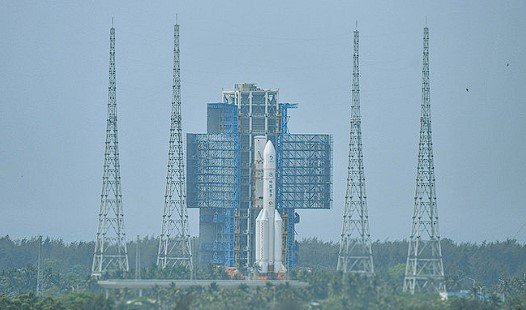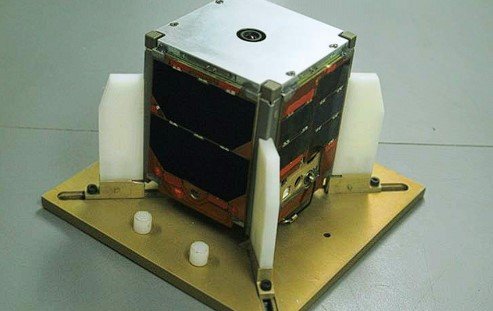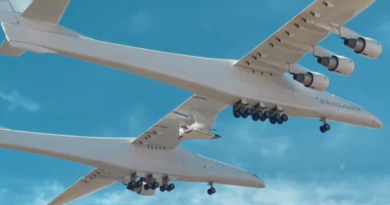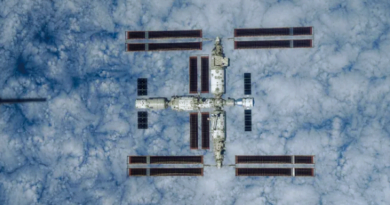China launches Chang’e 6 sample-return mission to the moon’s far side, carrying Pakistan’s First satellite moon mission

China embarks on a new lunar mission to the moon’s mysterious far side, aiming to bring back souvenirs, this historic journey featuring Pakistan’s inaugural satellite moon mission, marking a significant milestone in international space collaboration.
Pakistan achieved a significant milestone in space exploration by successfully launching its inaugural lunar mission, iCUBE-Q, aboard China’s Chang’e 6 probe from Hainan, China. The iCUBE-Q, a CubeSat technology initiative developed through collaboration between Pakistan’s Institute of Space Technology, China’s Shanghai University, and Pakistan’s national space agency (Pakistan Space & Upper Atmosphere Research Commission) SUPARCO, was deployed into space on the Long March 5 Y8 rocket at 5:27 p.m. China time (0927 GMT) from the Wenchang Space Launch Site.
Khalil Hashmi, Pakistan’s top diplomat in Beijing, confirmed the successful launch and shared that iCUBE-Q is scheduled to be deployed into Moon orbit by May 8th. This groundbreaking mission represents Pakistan’s growing prowess in space technology and international collaboration.

The iCUBE-Q orbiter is equipped with advanced optical cameras designed to capture high-resolution images of the lunar surface. This CubeSat mission underscores Pakistan’s commitment to advancing scientific research, technology development, and educational initiatives in space exploration.
China’s Chang’e 6 mission, led by the China National Space Administration (CNSA), aims to achieve a historic feat by collecting samples from the Moon’s far side—a first in human history. The Chang’e 6 spacecraft comprises an orbiter, lander, ascender, and returner, equipped with sophisticated instruments for scientific exploration.
Upon landing on the Moon’s far side, Chang’e 6 will deploy a robotic arm to gather rocks and soil samples. These samples will provide invaluable insights into the geological composition and history of the Moon’s unexplored regions.
Following its mission on the Moon, Chang’e 6 will return to Earth, targeting a landing site in Inner Mongolia after an estimated 53 days in space. The successful execution of this mission will further solidify China’s position as a leader in lunar exploration.
The launch ceremony in Hainan garnered international attention, with officials from 12 countries, including Pakistan, France, Italy, the United Nations, and the European Space Agency, in attendance. This global collaboration underscores the shared commitment to advancing space exploration and scientific discovery.
In addition to iCUBE-Q, Chang’e 6 carries a suite of international payloads, including the European Space Agency’s lunar surface ion analyzer, France’s radon detection instrument, and Italy’s laser corner reflector. This collaborative effort highlights the importance of international partnerships in expanding our understanding of the Moon.
China’s lunar exploration ambitions extend beyond Chang’e 6, with plans for crewed missions and the establishment of the International Lunar Research Station (ILRS) by 2030. This ambitious roadmap includes partnerships with Russia and other international stakeholders to establish a sustainable human presence on the Moon.
These visionary initiatives align with broader global lunar exploration endeavors, such as NASA’s Artemis program, which aims to establish a sustained human presence near the Moon’s south pole. The collaborative efforts of nations around the world underscore the collective pursuit of scientific discovery and exploration beyond Earth.








